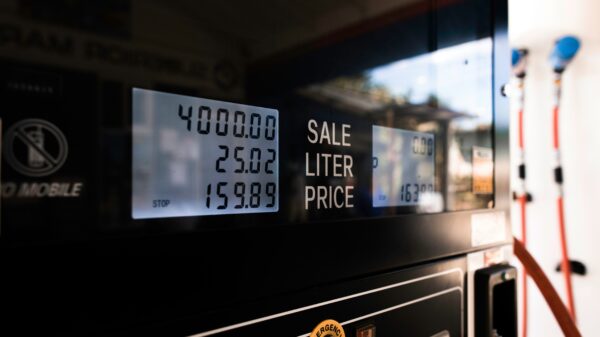In today’s digital age, social media has become an integral part of our lives. It has revolutionized the way we connect, communicate, and share information. However, with the rise of social media, there has also been an increase in online criminal activity. From cyberbullying to identity theft, criminals are finding new ways to exploit the platform for their nefarious purposes. In this blog post, we will explore the latest trends in online criminal activity and how you can protect yourself.
The Dark Side of Social Media
Social media platforms provide a breeding ground for various types of criminal activities. One of the most prevalent is cyberbullying. With the anonymity that social media offers, bullies can harass and intimidate their victims without fear of being caught. This can have serious consequences on the mental health and well-being of the individuals targeted.
Another concerning trend is the rise of online scams. Criminals use social media to deceive unsuspecting users into sharing their personal information or making financial transactions. From fake online stores to phishing emails, these scams can result in financial loss and identity theft.
Furthermore, social media has also become a tool for organized crime. Criminal organizations use platforms to recruit members, coordinate illegal activities, and distribute illicit goods. The anonymity and global reach of social media make it an attractive medium for criminal networks to operate.
Protecting Yourself from Online Criminal Activity
While social media has its risks, there are steps you can take to protect yourself from online criminal activity:
1. Be Mindful of Your Privacy Settings
Review and adjust your privacy settings on social media platforms to ensure that only trusted individuals can access your personal information. Be cautious about accepting friend requests or connecting with unknown individuals.
2. Think Before You Share
Before posting anything on social media, consider the potential consequences. Avoid sharing sensitive personal information, such as your address or phone number, publicly. Be mindful of the photos and videos you upload, as they can be used against you.
3. Use Strong and Unique Passwords
Choose strong, complex passwords for your social media accounts and avoid using the same password for multiple platforms. Regularly update your passwords and enable two-factor authentication for an added layer of security.
4. Be Aware of Phishing Attempts
Be cautious of suspicious emails or messages asking for your personal information. Legitimate organizations will never ask for sensitive information through social media or email. Avoid clicking on suspicious links and report any phishing attempts to the platform.
5. Report and Block Suspicious Accounts
If you come across accounts that engage in criminal activities or harass others, report them to the social media platform. Most platforms have mechanisms in place to handle such reports. Additionally, block any accounts that make you feel uncomfortable or threaten your safety.
The Role of Law Enforcement
Law enforcement agencies are aware of the growing threat of online criminal activity and are actively working to combat it. They collaborate with social media platforms to identify and apprehend criminals. However, it is essential for individuals to play their part in staying safe online.
By being vigilant, practicing good digital hygiene, and reporting any suspicious activity, we can contribute to making social media a safer place for everyone.
Conclusion
Social media has undoubtedly transformed the way we interact, but it has also opened the door to new forms of criminal activity. Cyberbullying, online scams, and organized crime are just a few examples of the risks we face in the digital world. By taking proactive measures to protect ourselves and being aware of the latest trends in online criminal activity, we can navigate social media safely and responsibly.
Remember, your online safety is in your hands. Stay informed, stay cautious, and enjoy the benefits of social media while minimizing the risks.




































